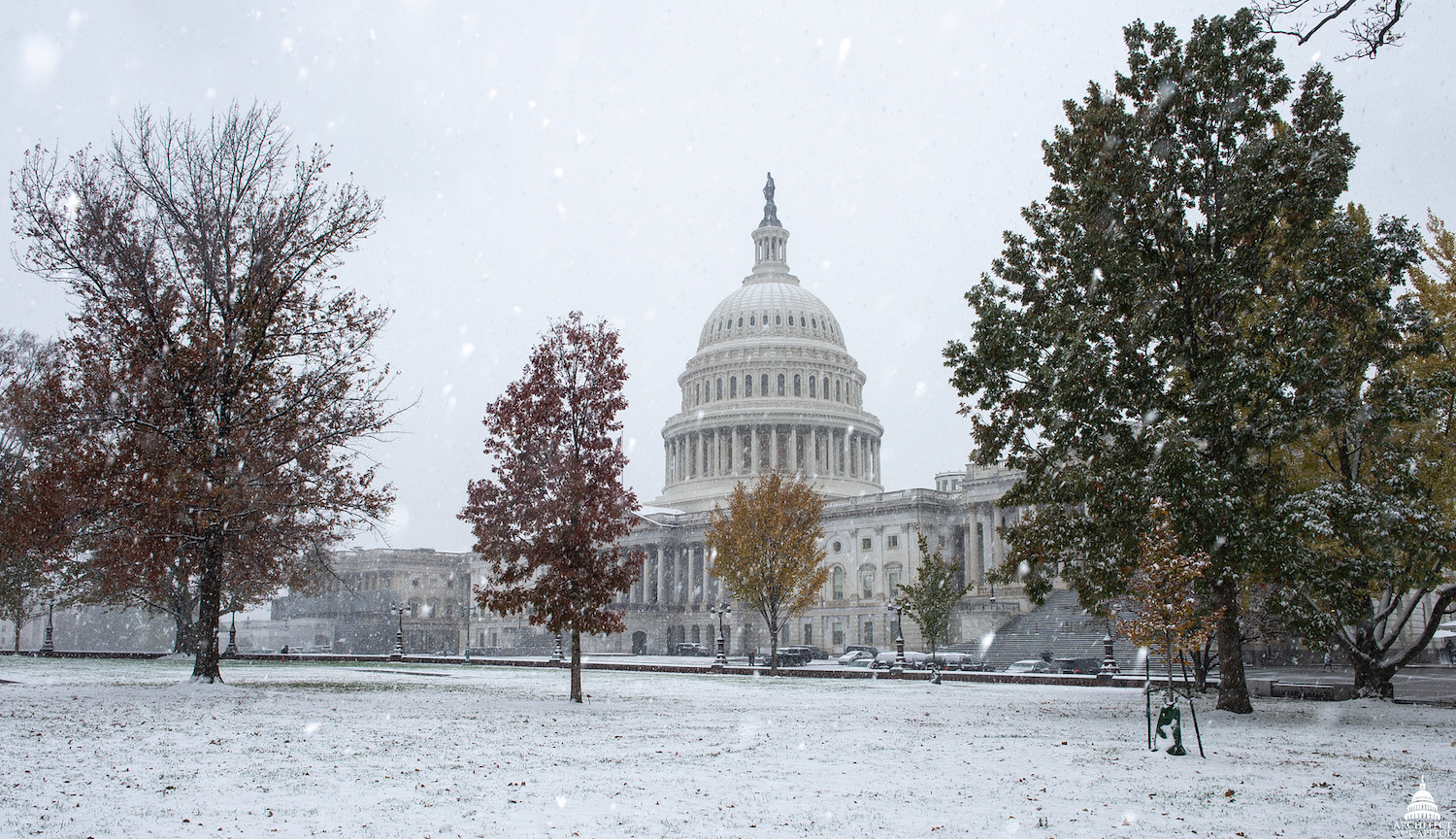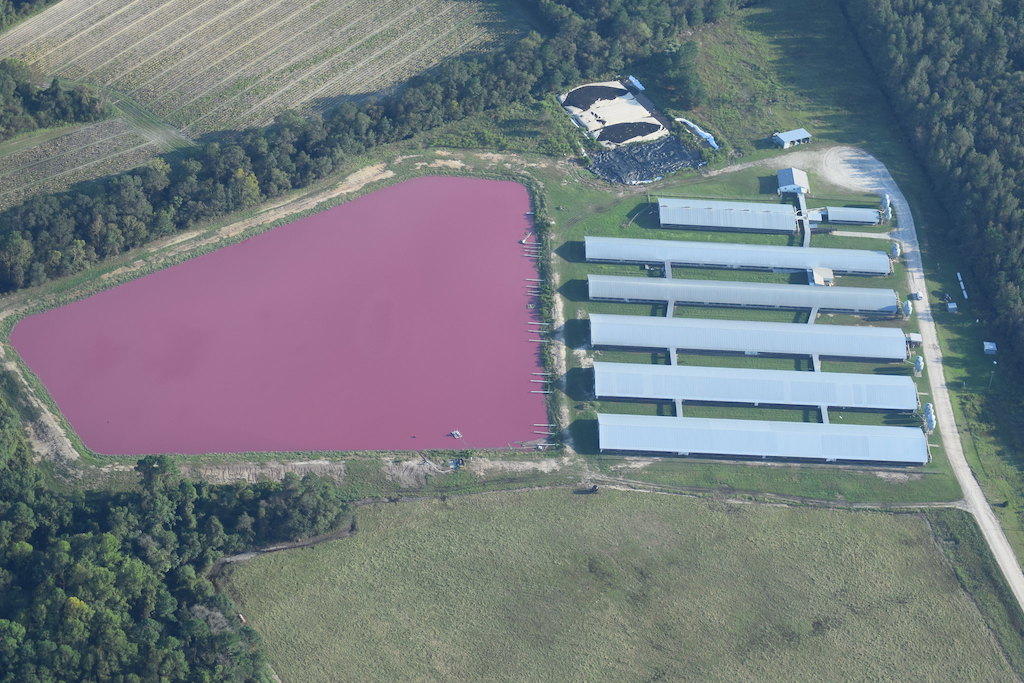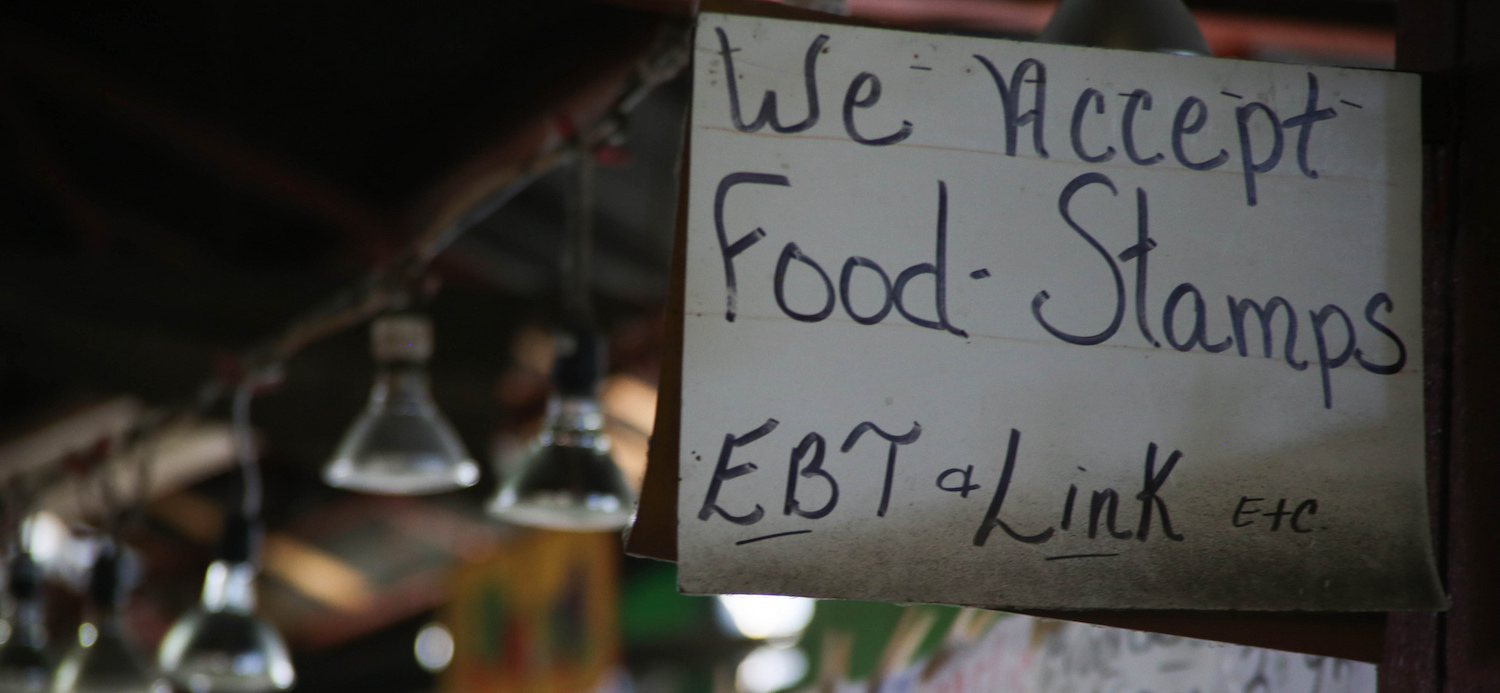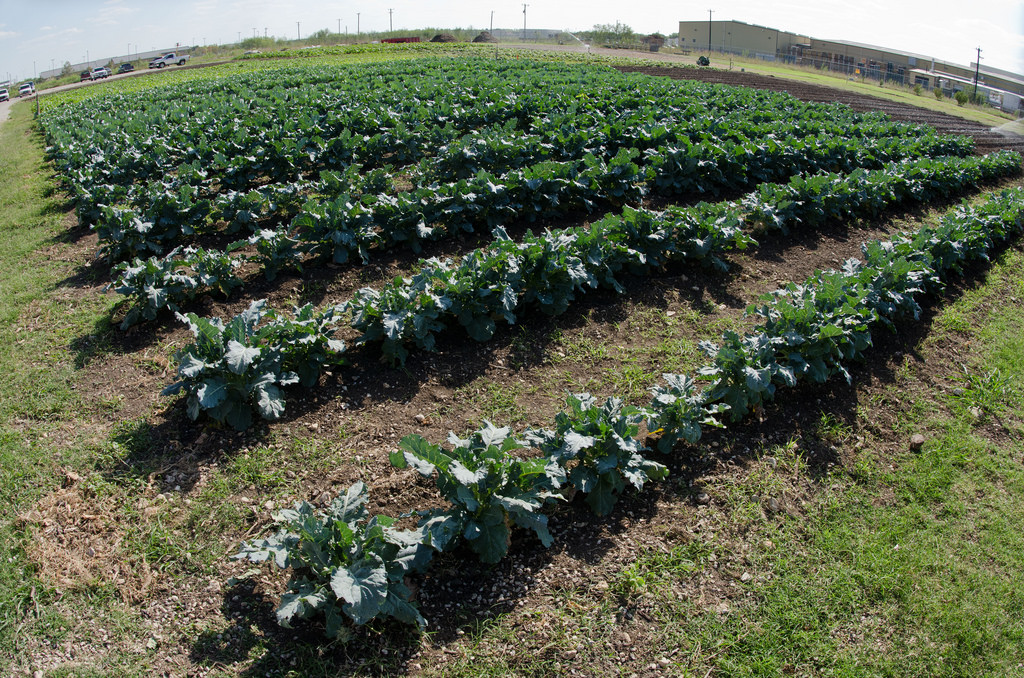On Twitter, federal employees and others affected by the ongoing government shutdown are sharing their #shutdownstories—and, not surprisingly, many of them are focused on food. That isn’t just because people anticipating missed paychecks are worried about their grocery bills, though concerns about hunger appear to be widespread. Many have described making tough choices between fuel, meals, and medical care.
And it goes beyond basic sustenance. A USDA science tech reported not being able to enter a government greenhouse to water plants, a setback she said would ultimately cost scientists a year of work. A woman about to close on a new house described being left in limbo, thanks to a USDA rural development loan now delayed indefinitely. (“The only wall(s) I care about are the ones that support the roof I want my children to be able to live under,” she wrote.) A farmer who moonlights as a federal contractor said the shutdown would “cost me $500 a day,” making it impossible to “hire, purchase and grow.” And at USDA headquarters, reports are that staff refrigerators are all but emptied out.
Here’s how the shutdown continues to affect:
Food safety. In a primer first reported by Food Safety News, Alliance for a Stronger FDA (ASFDA), a nonprofit advocate, explained that the shutdown may significantly affect oversight of the food supply. During the current “lapse period,” ASFDA wrote, the Food and Drug Administration (FDA) will be hobbled, though still able to perform “activities necessary to address imminent threats to the safety of human life.” According to the document, 41 percent of FDA’s employees will be furloughed (about 7,000 people). While the agency’s most critical public health responsibilities won’t be affected—with staff on hand to handle key duties like emergency inspections and drug shortages—other, more routine work will be suspended. That could cause issues.
“Food safety will be particularly hard-hit, including the furloughing of workers in charge of routine inspections,” according to the document, though FDA will still be staffed to handle urgent and high-risk recalls and outbreaks of foodborne illness.
The brand-spanking-new farm bill. Congress spent most of 2018 intensely haggling over the farm bill. Then, two days after President Trump signed it into law on December 20, the government shut down. Now, says Anna Johnson, policy manager of the Center for Rural Affairs in Lyons, Nebraska, “should be one of the busiest times at the U.S. Department of Agriculture (USDA): they have hundreds of pages of new marching orders in the new farm bill.” Instead of poring through those pages, though, some USDA employees are likely at home, reading People magazine.
Farm payments. There’s something of a 50/50 split here: some continue, others are on hold. Market Facilitation Program payments, for example, which relieve commodity producers whose access to export markets has been stymied by the recent retaliatory tariffs, will go out. So will payments related to conservation easements. But rural development loans and grants for housing, community facilities, utilities, and businesses will not continue. Processing of payments for existing grants to support research, education, and agricultural extension services have been halted, too.
Native communities. A New York Times report on January 1 said that Native communities from New Mexico to Michigan are facing empty food pantry shelves as a result of delayed federal funds they rely on to keep their food assistance programs in operation. Those funds, which were guaranteed by treaties negotiated generations ago, can be as much as $100,000. Said Kevin Washburn, the assistant secretary for Indian Affairs under President Barack Obama: “Indian Country stops moving forward” during a shutdown, “and starts moving backward.”
Nuisance lawsuits. For months, we’ve been following developments in North Carolina, where residents of rural counties have targeted Smithfield Foods, the world’s largest pork producer, with a series of nuisance lawsuits. The suits allege that the plaintiffs’ home values—and their quality of life—have been destroyed by the stench and poor air quality in the areas surrounding the company’s operations. Turns out, there’s a shutdown angle here, too: The fifth of more than two dozen such lawsuits, according to the Associated Press, has been postponed by a federal judge because jury pay can’t be guaranteed.
Free lunches. As Congress has increasingly failed to keep the government open in recent years, “Shutdown Specials” have become something of an institution in Washington, D.C.-area restaurants. During 2013’s shutdown, Pork Barrel Barbecue offered to feed furloughed federal workers free sandwiches—a promotion that became a viral sensation, ultimately leading the restaurant to hand out more than 1,300 cost-free sandwiches. The Washington Business Journal takes a look at the current state of this trend, asking whether it still makes economic sense for restaurants to offer handouts when the government gets shuttered so often. Unsurprisingly, it’s a mixed bag. Yes, it can get expensive to give free food to D.C.’s vast horde of federal workers—one company, &pizza, reported giving away 6,000 pies this year. The upside? Our nation’s bureaucrats like to drown their sorrows—who wouldn’t?—and drink sales can offset the revenues lost.









